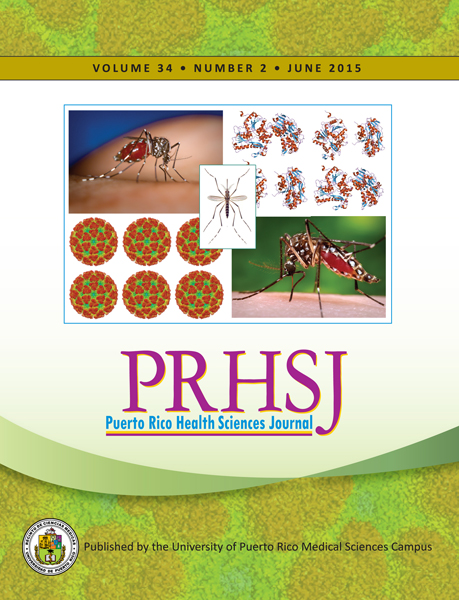Abstract
Chikungunya virus (CHIKV) infection is a common cause of febrile arthritis. The most common manifestations of acute infection are fever, symmetrical polyarthralgias or polyarthritis, myalgias, and maculopapular rash. Up to 80% of patients may develop musculoskeletal manifestations that persist longer than 3 months, causing impairment in their quality of life. The most common chronic manifestations are persistent or relapsing-remitting polyarthralgias, polyarthritis, and myalgias. Fingers, wrists, knees, ankles, and toes are the most frequently involved, but proximal joints and axial involvement can occur in the chronic stage. Chronic manifestations of CHIKV infection may resemble those of some autoimmune connective tissue diseases. Furthermore, CHIKV infection can cause cryoglobulinemia and may induce rheumatoid arthritis and seronegative spondyloarthropathies in genetically susceptible individuals. The Centers for Disease Control and Prevention recommend acetaminophen and non steroidal anti-inflammatory drugs for the acute rheumatic manifestations of CHIKV infection. However, some studies suggest that low-dose corticosteroids for about 1-2 months (depending on clinical course) are beneficial in relieving acute rheumatic symptoms. Conversely, hydroxychloroquine in combination with corticosteroids or other disease modifying anti-rheumatic drugs (DMARDs) has been successful in treating chronic rheumatic manifestations. Methotrexate and sulfasalazine (alone or in combination) have also been effective for chronic CHIKV arthritis. Patients with CHIKV infection should be closely monitored to identify those with chronic arthritis who would benefit from a rheumatologic evaluation and early treatment with DMARDs.
Authors who publish with this journal agree to the following terms:
a. Authors retain copyright and grant the journal right of first publication with the work simultaneously licensed under a Creative Commons Attribution License that allows others to share the work with an acknowledgement of the work's authorship and initial publication in this journal.
b. Authors are able to enter into separate, additional contractual arrangements for the non-exclusive distribution of the journal's published version of the work (e.g., post it to an institutional repository or publish it in a book), with an acknowledgement of its initial publication in this journal.
c. Authors are permitted and encouraged to post their work online (e.g., in institutional repositories or on their website) prior to and during the submission process, as it can lead to productive exchanges, as well as earlier and greater citation of published work (See The Effect of Open Access).
